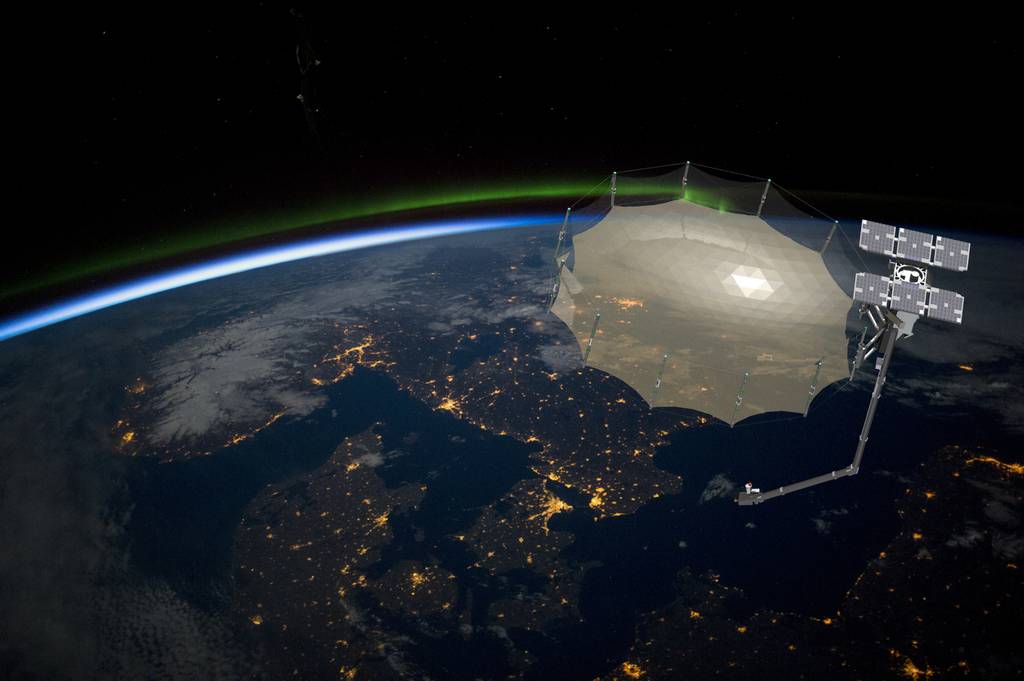The National Geospatial-Intelligence Agency will have access to new synthetic aperture radar (SAR) data thanks to a new research agreement with Capella Space
Under the Cooperative Research and Development Agreement (CRADA), NGA researchers will be able to access the company’s SAR data and analytics, while Capella will be able to work with NGA researchers “for deeper insight into problems,†according to the company’s June 25 press release.
SAR creates imagery using radar, giving it different capabilities than traditional electro-optical satellite imagery. In addition to being able to produce images regardless of inclement weather or poor lighting conditions, SAR can provide data on material properties, moisture content, precise movements and elevation. Capella has previously stated that its satellites will be able to collect sub-0.5 meter imagery, meaning it can be used to identify types of aircraft or vehicles at ground level.
“This is an exciting partnership that has the potential to yield new intelligence opportunities. Capella’s high temporal resolution SAR imagery will give intelligence professionals key insight and strategic advantage,†said Jarrett Adrian, NGA’s Principal Investigator for this CRADA, in a press release.
The CRADA is just the latest deal Capella Space has secured as it expands its footprint in the U.S. intelligence and defense communities.
In November, the U.S. Air Force awarded Capella Space a contract to use its SAR for virtual reality software, missile defense and developing predictive intelligence to foresee foreign threats. One month later, the National Reconnaissance Office issued the company a commercial study contract as the agency looks to diversify its commercial imagery intake. And in May, the company announced that it had signed a deal with the U.S. Navy.
Despite securing a number of deals for its SAR imagery, the company has yet to begin launching it’s new 36 satellite constellation. In an August interview with C4ISRNET, executives said they hoped to begin launching satellites by the end of the year. However, when Capella Space released the design for its new satellites in January, it had pushed back that launch until March. In it’s latest announcement, the company simply stated that it’s first launch is “on the near horizon.â€
In the meantime, the company says it will collect imagery by flying its synthetic radar on a specially outfitted airplane.
Nathan Strout covers space, unmanned and intelligence systems for C4ISRNET.








